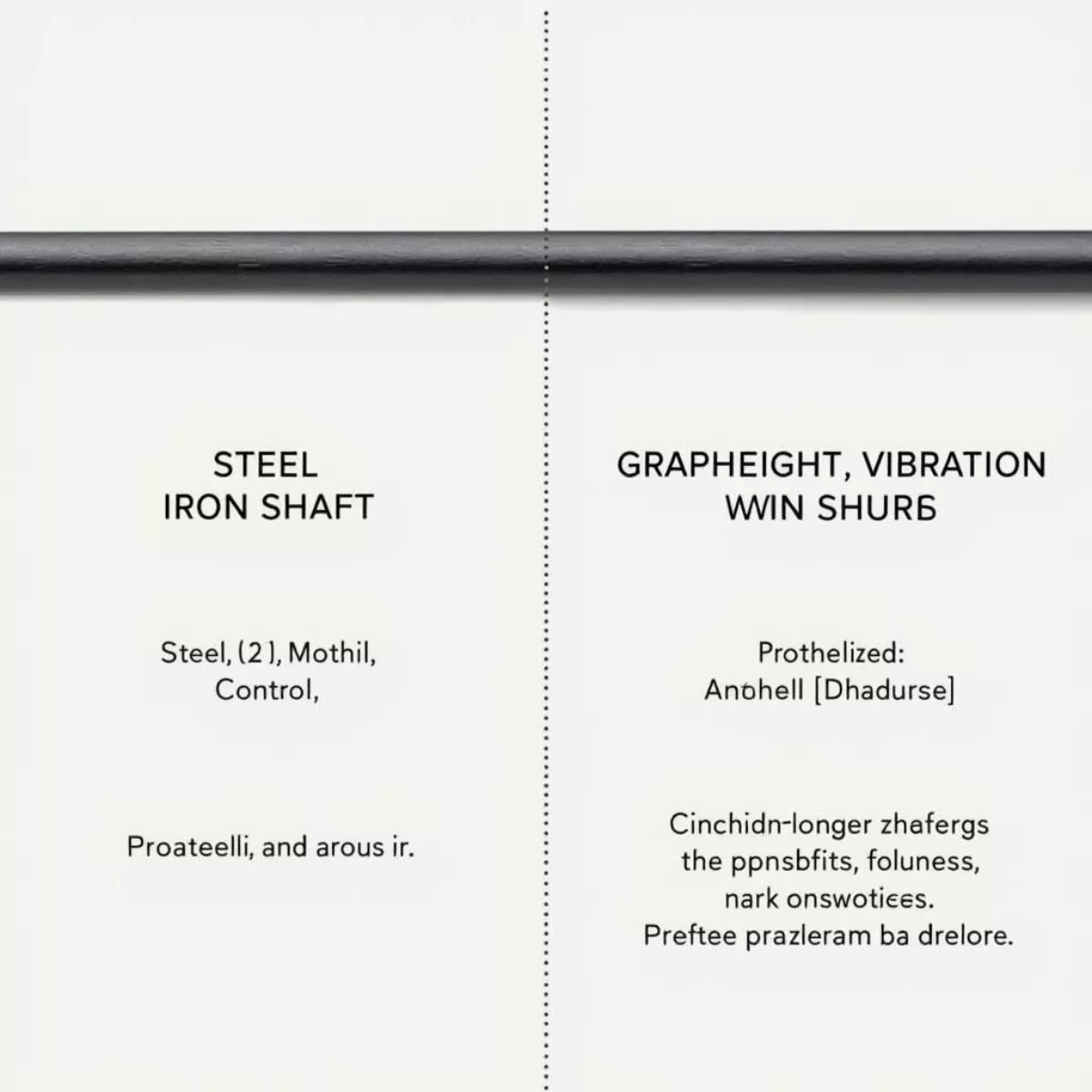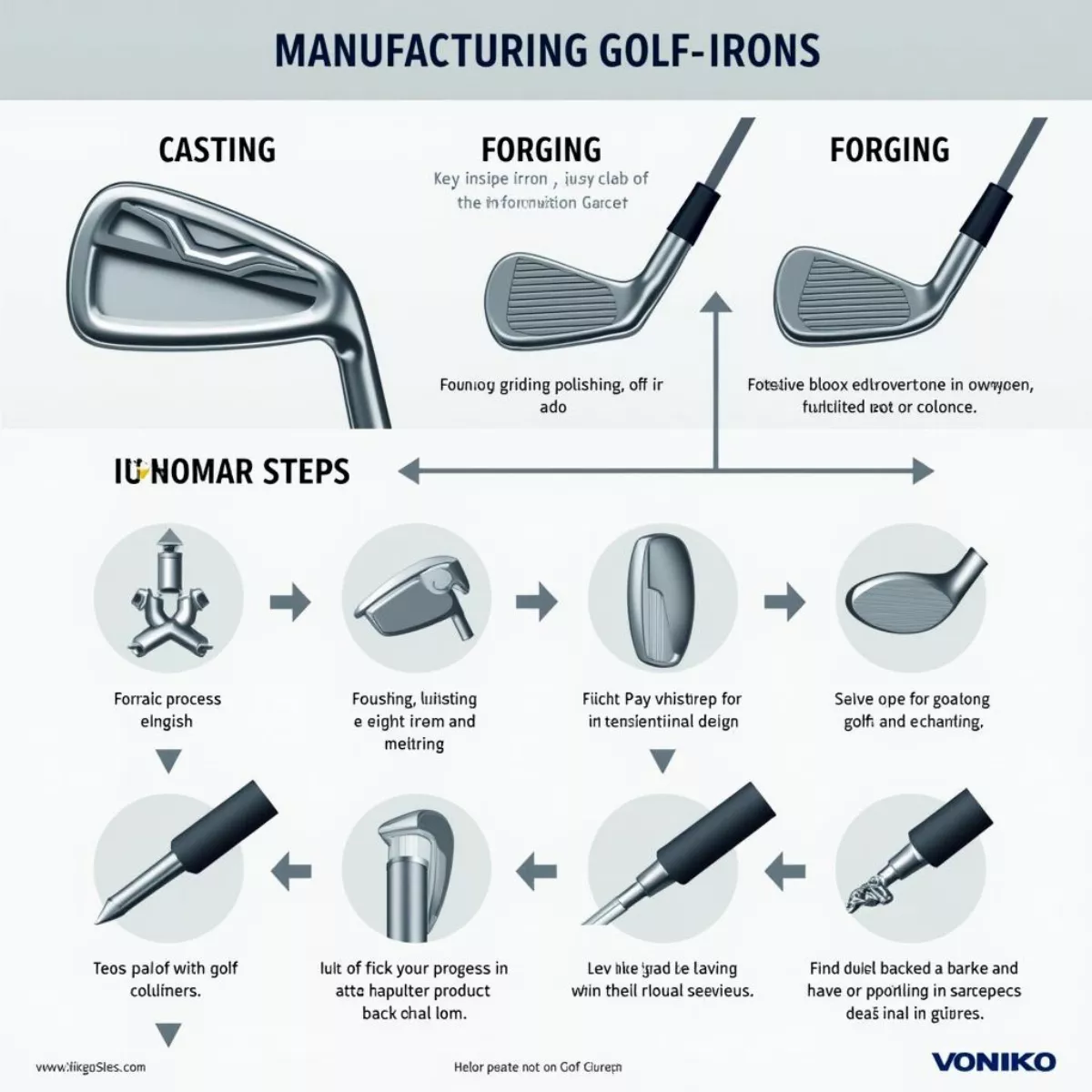Golf irons are an essential part of any golfer’s kit. Understanding what they are made of, and how the materials affect performance, can significantly enhance your game. Whether you’re a beginner or a seasoned pro, knowing the ins and outs of golf iron materials will help you make informed decisions when purchasing or upgrading your clubs.
The Basics of Golf Irons
Before diving into what golf irons are made of, it’s essential to understand their role. Golf irons are primarily used for shorter shots than woods, typically from the fairway or rough, and come in various types designed for different lies, distances, and swing types.
Types of Golf Irons
Iron sets usually include three distinct categories:
- Game Improvement Irons: Designed for beginners and mid-level players to help improve their game.
- Player’s Irons: Tailored for more experienced players who prioritize precision and control.
- Super Game Improvement Irons: These clubs offer maximum forgiveness, ideal for higher handicap players.
 Golf Iron Types
Golf Iron Types
What Are Golf Irons Made Of?
Golf irons are primarily composed of materials that influence their weight, durability, and performance. Here’s a breakdown of the two primary materials used in the construction of golf irons.
1. Steel
Steel is the most common material used in golf iron production.
- Types of Steel:
- Carbon Steel: Renowned for its soft feel and ability to provide excellent feedback. Players appreciate the touch and control it offers.
- Stainless Steel: More robust than carbon steel, this material is resistant to rust and easier to maintain. It’s popular among beginners for its durability.
- Benefits of Steel:
- Weight: Heavier, which provides better control and stability.
- Durability: Long-lasting and can withstand wear and tear.
- Feel: Offers excellent feedback on shots, making it easier for players to refine their game.
2. Graphite
Graphite is less common than steel but is gaining popularity, particularly for its lightweight properties.
- Benefits of Graphite:
- Lightweight: Makes it easier to swing faster and generate more clubhead speed.
- Vibration Dampening: Reduces vibrations, contributing to a more comfortable feel during impact.
- Customization: Available in a variety of flex options, which can cater to different swing speeds and styles.
 Comparison of Steel and Graphite Shafts
Comparison of Steel and Graphite Shafts
Composite Iron Sets
Some modern sets of irons integrate both steel and graphite to create a hybrid that maximizes the advantages of each material. This composite design typically features steel in the clubface or hosel, while graphite may be used in the shaft for weight reduction.
The Influence of Material on Performance
1. Control and Feedback
The weight of the iron directly affects how control is perceived during a swing. Heavier clubs (typically steel) can provide better control, while lighter clubs (often graphite) can help generate more swing speed.
2. Forgiveness
The design features coupled with the material can enhance the club’s forgiveness. For example, a hollow body design can allow for higher launch angles, making it easier to get the ball airborne, especially with game improvement irons.
3. Distance
Materials directly influence how far the ball travels after striking the face of the iron. Clubs crafted from high-quality stainless steel with optimized face technology can help maximize distance without sacrificing control.
| Material Type | Advantages | Disadvantages |
|---|---|---|
| Carbon Steel | Excellent feel, feedback, control | Less durable, prone to rust |
| Stainless Steel | Durable, resistant to rust | Can have a harder feel than carbon steel |
| Graphite | Lightweight, vibration dampening, customizable | Less control compared to steel |
Manufacturing Process of Golf Irons
Understanding the manufacturing process can also highlight how golf irons are made.
- Casting: Most irons are cast from molten steel and allowed to cool in a mold. This process allows for complex shapes.
- Forging: This involves compressing a piece of metal into shape, providing denser iron that offers a better feel. Forged irons are typically a favorite among professional players.
- Finishing: Once the initial shape is created, the clubs undergo several processes:
- Grinding: To refine edges and ensure the correct shape.
- Polishing: To improve appearance and protect surfaces.
- Coating: A finish may be applied for corrosion resistance and aesthetics.
 Golf Iron Manufacturing Stages
Golf Iron Manufacturing Stages
Key Features to Consider in Golf Iron Materials
When selecting the best iron, consider these features:
- Weight Distribution: Heavier heads can aid in better control, whereas lighter options may boost swing speed.
- Face Technology: Innovations in manufacturing allow for variable face thickness, optimizing distance based on impact position.
- Shaft Material: Decide between graphite and steel based on your swinging speed and feel preferences.
Notable Brands and Their Choices
- Titleist: Known for its premium forged irons, offering great feel and feedback.
- Callaway: Tends to use a mix of materials for maximum performance across various player types.
- TaylorMade: Focuses on innovative designs and distance-enhancing technology with a good mix of steel and graphite options.
Caring for Your Golf Irons
To prolong the life of your golf irons:
- Clean Regularly: Use a soft brush and soapy water.
- Store Properly: Keep in a dry environment to prevent rust.
- Inspect Shafts and Grips: Over time, grips can degrade, leading to decreased performance.
Key Takeaways
- Golf irons are typically made from steel, graphite, or a combination of both, impacting their weight, durability, and feel.
- Carbon steel offers excellent feedback while stainless steel provides durability.
- Graphite is lighter, allowing for increased swing speed but offers less control.
- Consider the manufacturing process (casting vs. forging) and features like weight distribution and face technology when selecting irons.
- Regular maintenance is key to keeping your golf irons in top-notch condition.
FAQ Section
1. Are all golf irons made from the same materials?
No, golf irons can be made of various materials such as carbon steel, stainless steel, or graphite.
2. What is the difference between cast and forged irons?
- Cast irons are made by pouring molten metal into molds, while forged irons are shaped through the compression of solid metal.
3. Do higher-priced irons provide better performance?
Not always, but more expensive irons often use higher-quality materials and advanced technologies that can enhance playability for specific skill levels.
4. Can I mix steel and graphite shafts in an iron set?
Yes, some players prefer to have different materials in their iron sets to optimize performance according to their swing speed and style.
5. How can I extend the life of my golf irons?
Regular cleaning, proper storage, and inspecting grips and shafts will help you maintain your clubs.
6. What are some recommended brands for golf irons?
Brands like Titleist, Callaway, and TaylorMade are renowned for their quality and innovation in golf irons.
7. What type of iron is best for beginners?
Game improvement irons are usually recommended for beginners due to their forgiving design.
8. How do I know if I need a lightweight or heavy iron?
Your swing speed and personal feel preferences will dictate whether a lighter or heavy iron is best for you.
9. Can the material of the shaft affect my swing?
Yes, the material can influence swing weight and control; lighter shafts can promote faster swings, while heavier shafts can enhance stability.
10. Should I care about the iron’s finish?
Yes, the finish can affect durability and aesthetics; a good finish protects your irons from corrosion.
By now, you should have a solid understanding of what golf irons are made of, how those materials affect performance, and how to choose the right clubs for your game. Get ready to hit the course with confidence!

